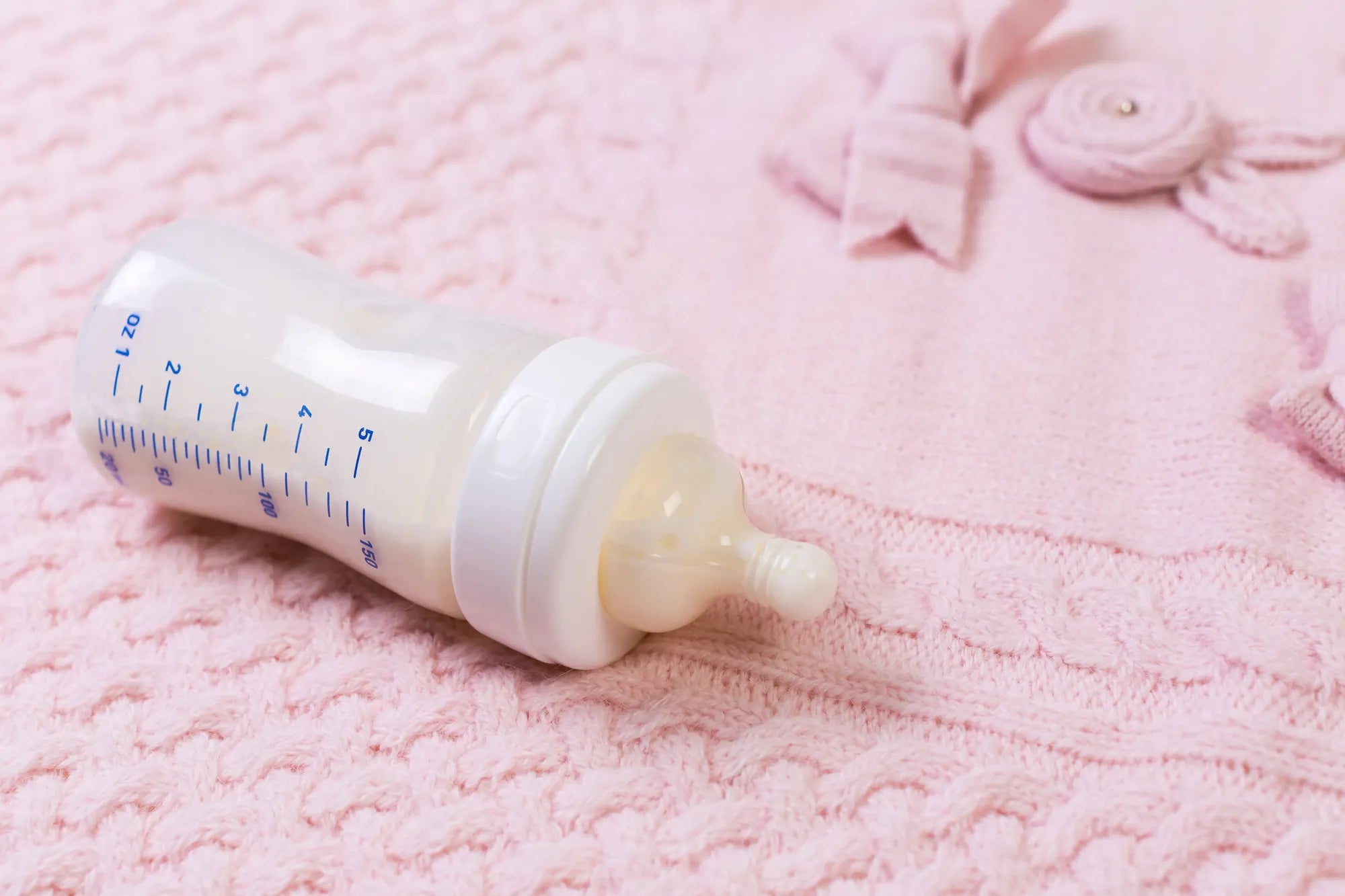Home
Pregnancy, Breastfeeding, and Pumping: The Ultimate Guide for Moms
How Long Do I Pump My Breast to Induce Labor: A Comprehensive Guide

How Long Do I Pump My Breast to Induce Labor: A Comprehensive Guide
Understanding the Connection Between Breast Pumping and Labor Induction
Breast pumping is often discussed as a natural method to induce labor. The idea behind this technique is that nipple stimulation can release oxytocin, a hormone that plays a crucial role in initiating labor contractions. Oxytocin is the same hormone that causes the uterus to contract during labor, and its release can be triggered by nipple stimulation, whether through breastfeeding or pumping.
Many expectant mothers consider breast pumping as a way to encourage labor when they are nearing or past their due date. However, it's essential to understand the science behind this method and the potential risks involved. While breast pumping can be a helpful tool, it should be approached with caution and under the guidance of a healthcare provider.
The Science Behind Nipple Stimulation and Labor
Nipple stimulation, including breast pumping, can lead to the release of oxytocin from the pituitary gland. Oxytocin is a hormone that causes the uterus to contract, which is essential for labor to begin. When the nipples are stimulated, the body responds by increasing oxytocin levels, which can lead to uterine contractions.
Research has shown that nipple stimulation can be an effective method for inducing labor in some cases. However, the effectiveness can vary depending on the individual and their specific circumstances. It's important to note that while nipple stimulation can help initiate labor, it is not a guaranteed method and should not be relied upon as the sole means of inducing labor.
How Long Should You Pump to Induce Labor?
The duration and frequency of breast pumping to induce labor can vary. Generally, it is recommended to pump for about 15-20 minutes per session, several times a day. Some women may find that pumping for longer periods or more frequently can increase the likelihood of inducing labor, but it's crucial to listen to your body and avoid overstimulation.
It's also important to start slowly and gradually increase the duration and frequency of pumping sessions. Overstimulation can lead to discomfort or even hyperstimulation of the uterus, which can be dangerous. Always consult with your healthcare provider before starting any breast pumping regimen to induce labor.
Safety Considerations When Using Breast Pumping to Induce Labor
While breast pumping can be a natural way to induce labor, it's not without risks. Overstimulation of the nipples can lead to excessive oxytocin release, which can cause overly strong or prolonged uterine contractions. This condition, known as hyperstimulation, can be dangerous for both the mother and the baby.
It's also important to consider the timing of breast pumping. Attempting to induce labor too early in pregnancy can lead to preterm labor, which carries its own set of risks. Always consult with your healthcare provider before attempting to induce labor through breast pumping or any other method.
Other Natural Methods to Induce Labor
In addition to breast pumping, there are several other natural methods that women may consider to induce labor. These include:
- Acupuncture: Some studies suggest that acupuncture can help stimulate labor by promoting the release of oxytocin.
- Sex: Sexual activity can also lead to the release of oxytocin, and semen contains prostaglandins, which can help soften the cervix.
- Exercise: Gentle exercise, such as walking, can help encourage labor by promoting the baby's descent into the pelvis.
- Spicy Foods: While not scientifically proven, some women believe that eating spicy foods can help stimulate labor.
It's important to remember that while these methods can be helpful, they are not guaranteed to induce labor. Always consult with your healthcare provider before trying any natural labor induction methods.
When to Seek Medical Help for Labor Induction
If you are nearing or past your due date and labor has not started, it may be time to seek medical help. Your healthcare provider can discuss various options for inducing labor, including medical methods such as the use of synthetic oxytocin or prostaglandins.
It's important to have an open and honest conversation with your healthcare provider about your options and any concerns you may have. They can help you make an informed decision about the best course of action for you and your baby.
Final Thoughts on Breast Pumping to Induce Labor
Breast pumping can be a natural and effective method to induce labor for some women, but it's not without risks. It's essential to approach this method with caution, under the guidance of a healthcare provider, and to be aware of the potential for overstimulation or other complications.
Remember that every pregnancy is different, and what works for one woman may not work for another. If you're considering breast pumping to induce labor, take the time to educate yourself, consult with your healthcare provider, and listen to your body. With the right approach, you can make an informed decision that's best for you and your baby.
Share
